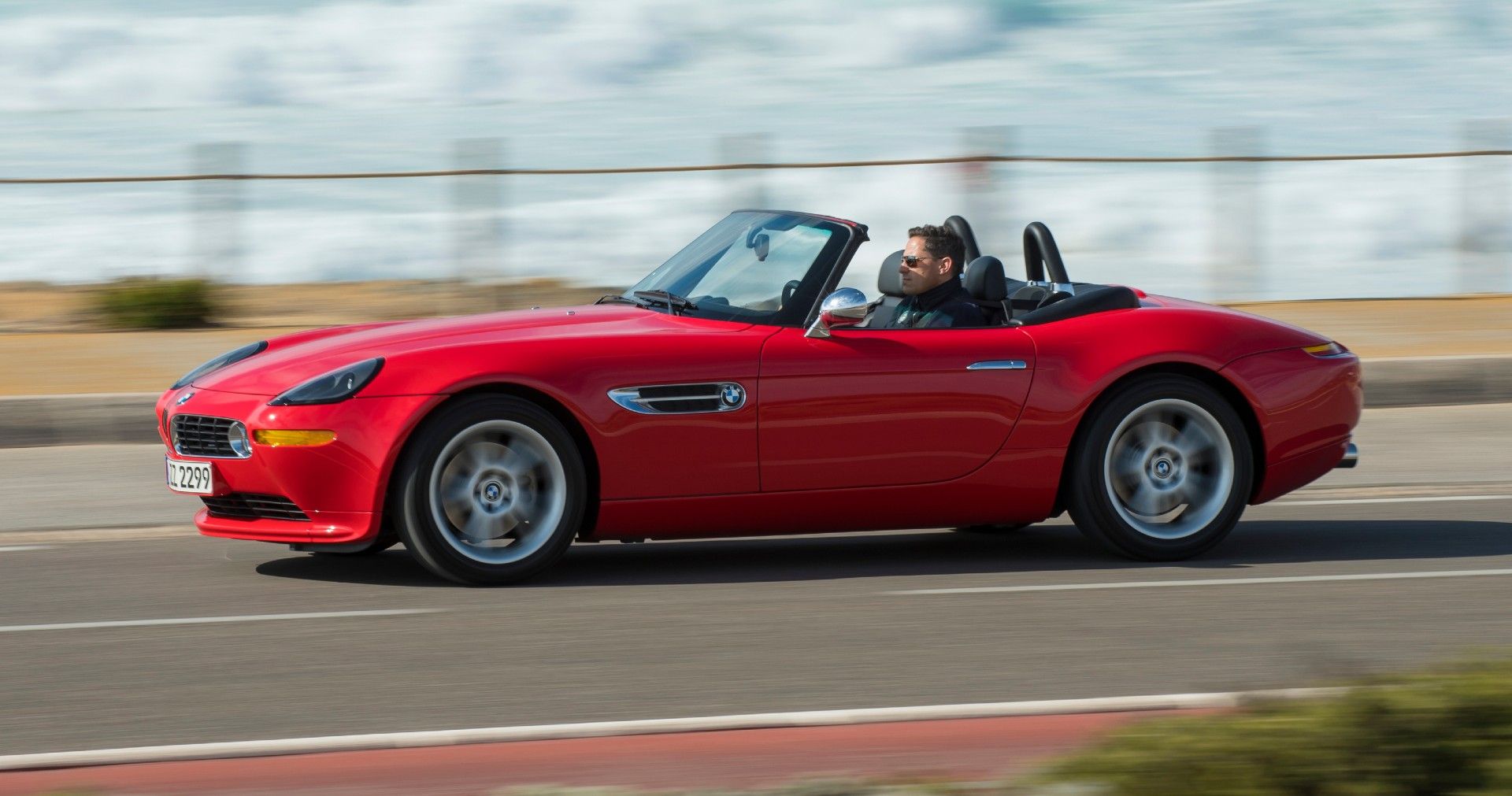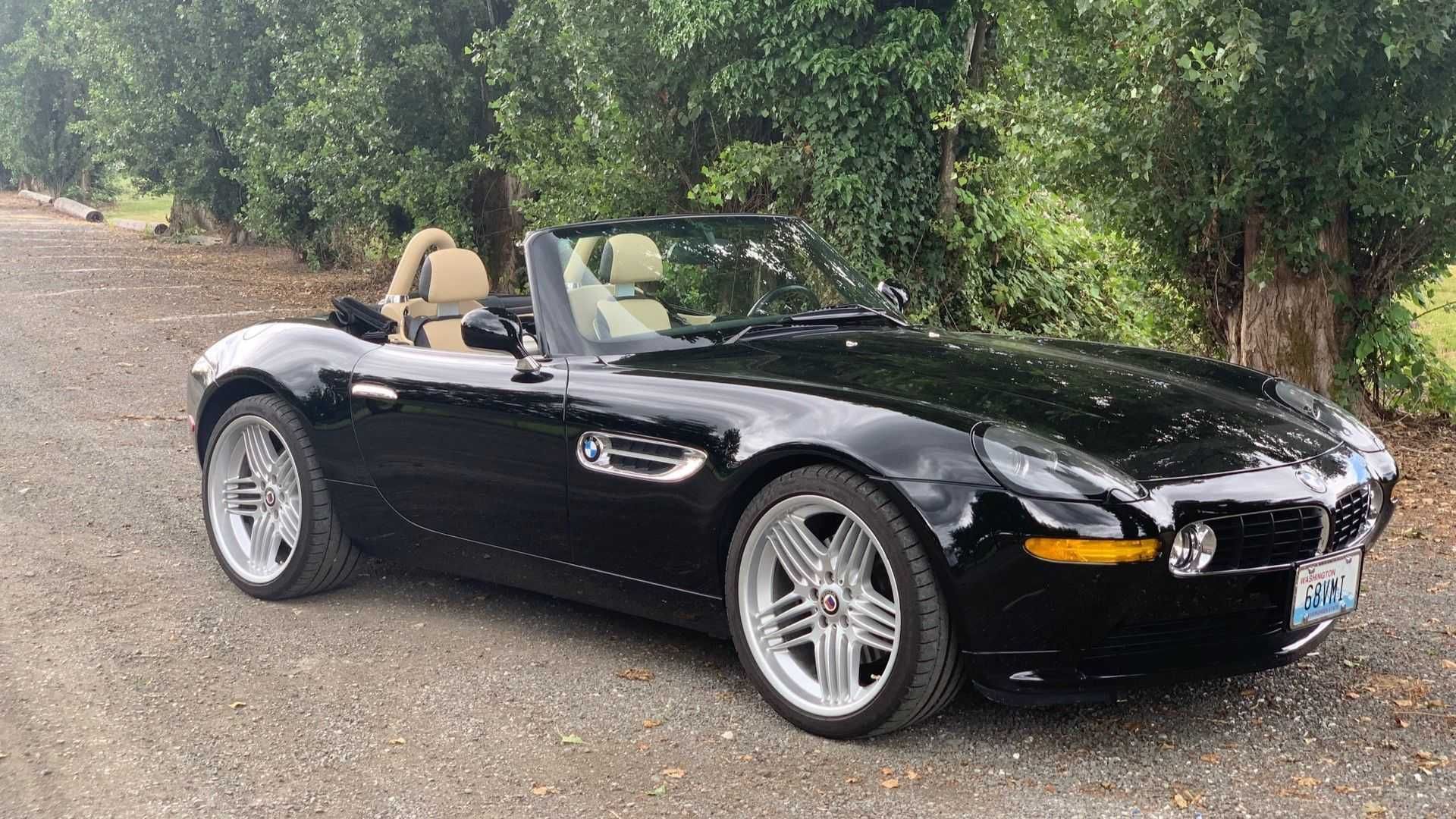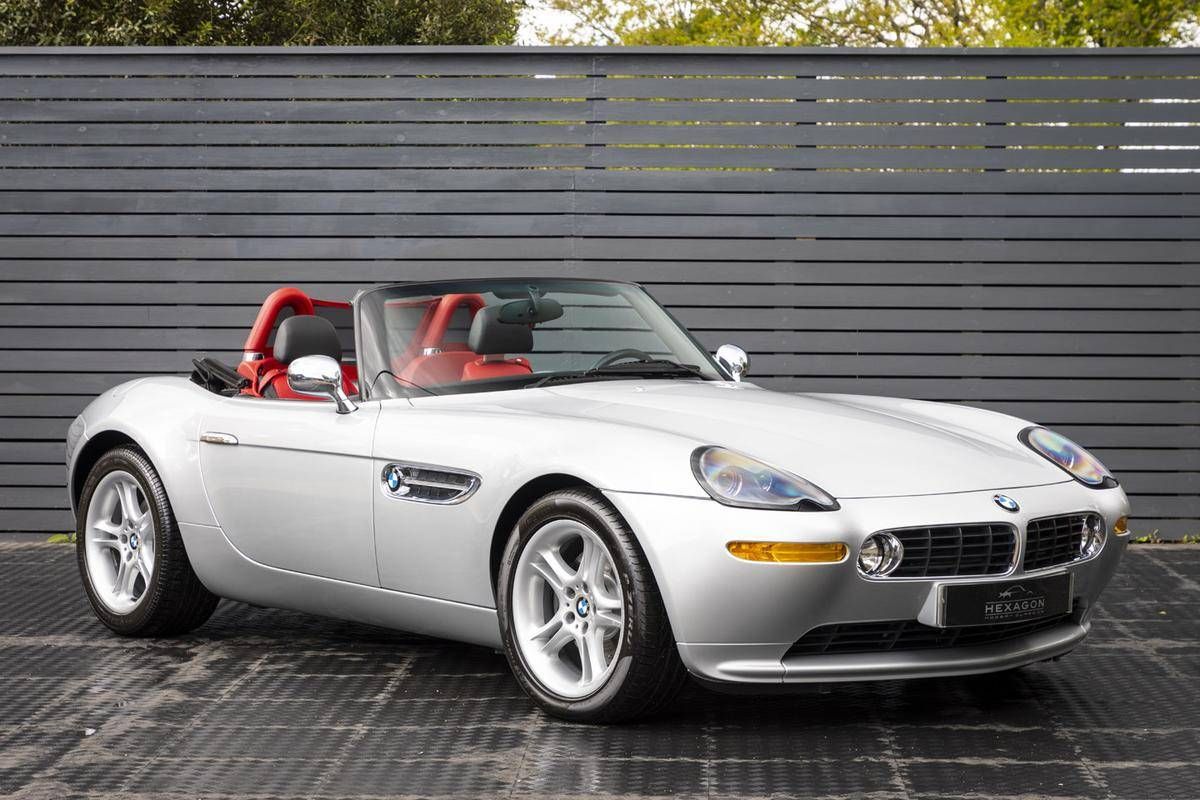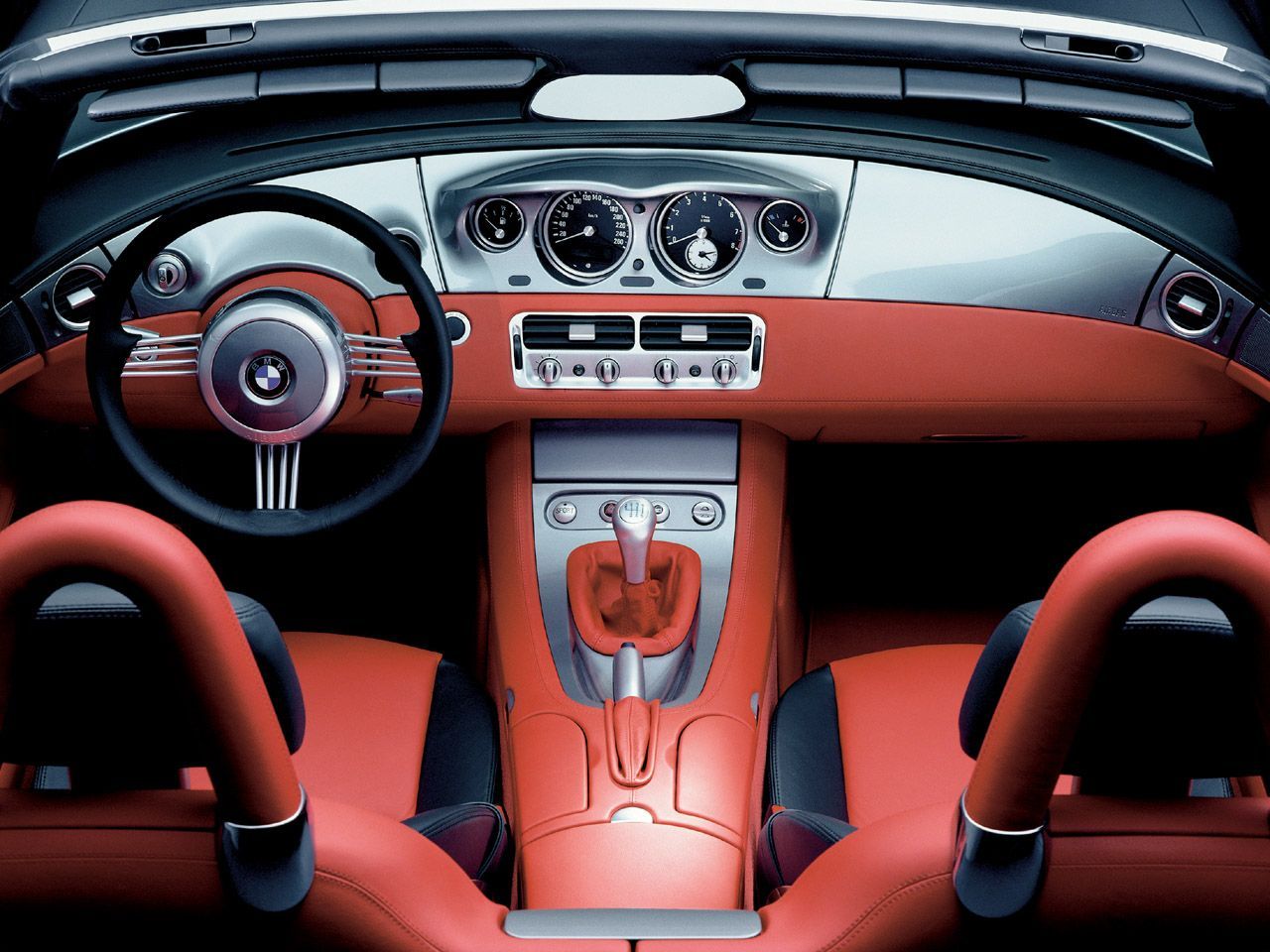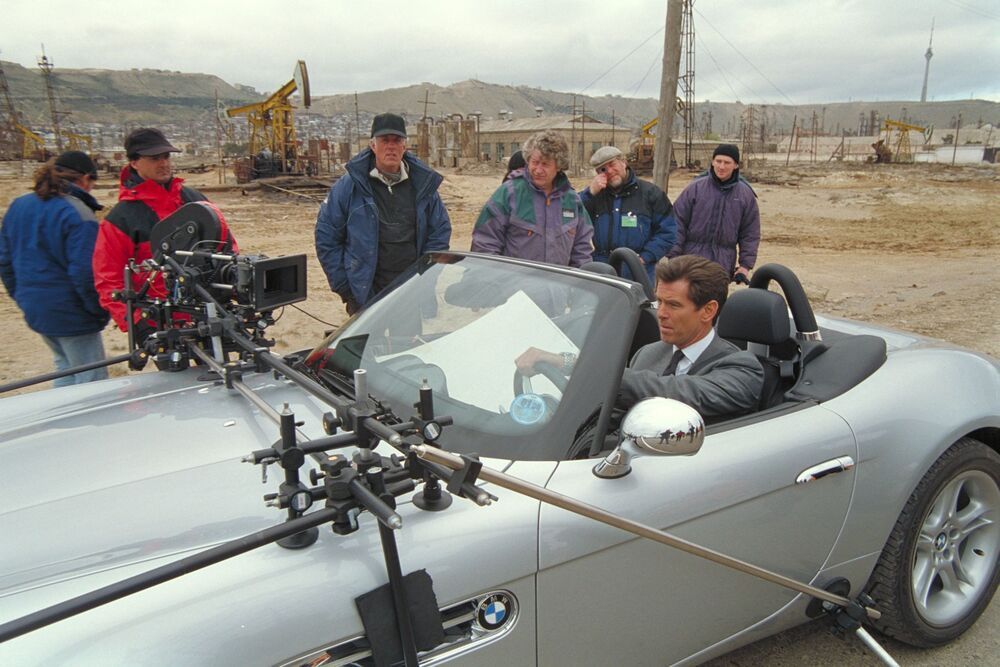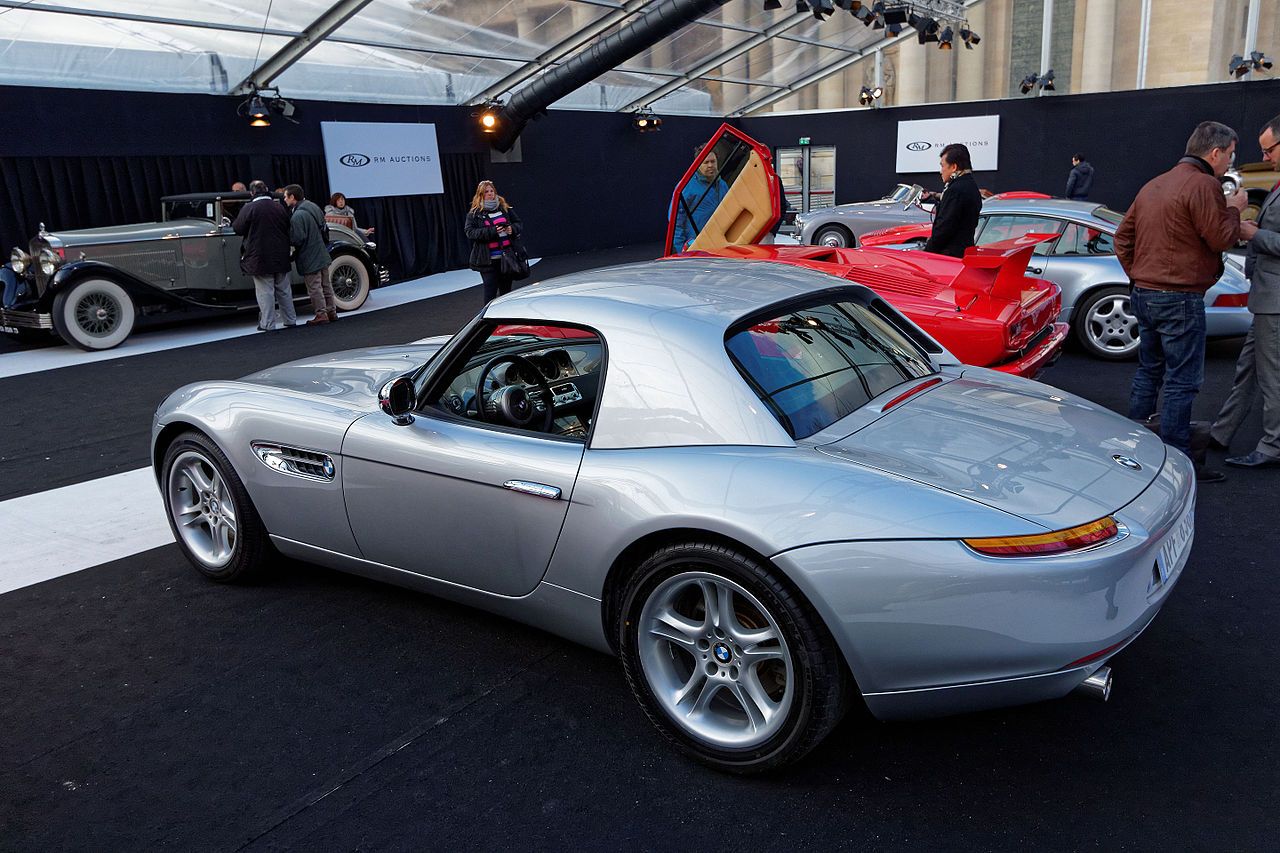Many sports car enthusiasts who longed to purchase the sleek retro-styled BMW Z8 roadster when it was introduced back in 2000 were quickly disappointed when they discovered the asking price.
For those accustomed to the BMW Z3 Roadster, starting at just $32,300, the $129,000 price tag (before options) for the Z8 seemed a bit excessive.
For collectors or aficionados with the means, the purchase was a wise choice. While other early-2000s BMW models have depreciated quickly, like most other expensive German automobiles, the Z8’s value has gone in the opposite direction.
The Z8 has appreciated dramatically. Models in good condition now routinely sell for well over $200,000. In 2016, a 2003 BMW Z8 ALPINA V8 Roadster sold at auction for no less than $329,000. JBR Capital, a British financing firm, declared the selling price a bargain claiming the potential appreciation for the Z8 and long-term return on investment was better than most other classic auto investments of that time.
Today, the least expensive Z8 listed on Autotrader has an asking price of $165,000, still well over the original MSRP. Several factors have contributed to the rapid appreciation of the BMW Z8. Here are a few of them.
Beautiful Styling and Limited Production
The exceptional styling of the Z8 is a blend of the gorgeous retro BMX 507 and a modern high-performance sportscar. The BMW blog declared it “BMW’s sexiest roadster ever made, if not the sexiest BMW ever,” and Autotrader commented, “The Z8 is arguably the most beautiful car of the last 20 years.” Many sports car enthusiasts agree.
Limited production also contributed to the Z8 appreciation. BMW only manufactured approximately 5,700 Z8 models for worldwide distribution from 2000 to 2003. Only 2,500 models reached the U.S.
The Z8’s big, muscular V8 (borrowed from the M5) and manual transmission (in all models except the Alpina) appealed to the power-hungry American collector who loves to shift through the gears.
Z8 Brief History
The BMW Z8 has a brief history, to say the least, having been produced from 1999 to 2003.
The Z07 Concept version was introduced at the 1997 Tokyo motor show as two trims, a retro-styled roadster, and an equally nostalgic coupe. The concept car design displayed a curvaceous bodywork, wide stance, a double-bubble roof on the coupe, and a flying buttress helmet fairing on the roadster.
The Z07 borrowed several features from the classic 1950’s BMW 507. Both Concept car trims shared the shape of the hood and bumper, the raised rear shoulder line, side vents, and of course, the classic split front grille.
The production-ready Z8 in 1999 was surprisingly similar to the Z07 Concept. Just a few tweaks differentiated the two cars. BMW decided to offer only the roadster to the public. The decision was based on BMW’s limited production capacity at the time. The company made the Z8 chassis at its Dingolfing plant, but most of the assembly was done in Munich. The car was built almost entirely by hand, taking ten times longer to manufacture than a contemporary 3-series saloon.
The Z8 had all the features of a supercar, striking looks, the 4941cc engine from the E39 M5, aluminum bodywork, and a separate space frame chassis. However, the high price was a deterrent to sales worldwide, and the left-hand only drive discouraged Great Britain buyers.
V8 Power and Manual Transmission
Under the retro-styled hood of the Z8, sits the S62 5.0-liter naturally aspirated V8, (borrowed from the E39 M5), coupled to a six-speed manual Getrag gearbox.
Although the engine was powerful with plenty of torque, by design, output fell short of the normal M standards. The early 1990s E34 M 3.8-liter generated 88bhp per liter, the contemporary E46 M3 produces 105bhp per liter, while yet the S62 V8 in the Z8 develops 78bhp per liter.
Still, the engine produces 394 horsepower and 369 lb.-ft of torque. Motor Trend trials showed the Z8 accelerating from 0 to 60 mph in a mere 4.2 seconds on its way to a 12.6-second-quarter mile at 111.8 mph. A restrictor limited the top speed to 155 mph, but potential top-speed estimates are closer to 180 mph.
Z8 components were taken from other BMW models including the brakes from the 750i. While the car featured a suspension set-up using McPherson struts up front and a multi-link at the rear, the rack and pinion steering was a first for a V8 BMW.
James Bond Cars Are Worth a Fortune
The Aston Martin is undoubtedly the most famous car brand driven by James Bond, having been used in seven movies: Goldfinger, Thunderball, GoldenEye, Tomorrow Never Dies, Casino Royale, Skyfall, and Spectre.
BMW has been represented in Bond movies by the Z3 and the 750iL, but the powerful and stylish Z8 roadster was an ideal choice for Britain’s favorite spy in the film, The World Is Not Enough.
Typical of all Bond cars, the Z8 came loaded with a vast array of hi-tech gadgets and gizmos introduced to Pierce Brosnan’s Bond by Q’s assistant, R (John Cleese). These included titanium armor to protect Bond from the oncoming bullets of various devious nemeses and a unique key fob that allowed driving the car remotely. Perhaps the most extraordinary feature was a pair of surface-to-air missiles hidden behind the car’s front wing vents.
Regrettably, the Z8 (a mocked-up version using a kit-car chassis and a Corvette engine) met a horrific end when it was chopped in pieces by a circular saw hanging from the helicopter belonging to Bond’s arch-enemy Elektra King.
Automobiles driven by James Bond in his movies have been shown to appreciate more than they might have if not featured in the films. A study by comparison site 1st Move International shows the price increase of every James Bond car seen in every 007 movie. Sean Connery’s Aston Martin DB5 seen in Goldfinger cost £4,175 ($5,397) when it was new in the 60s but is worth £687,696 ($889,053) today, an increase of 16,372 percent!
While the gain in value of the BMW Z8 is due to several factors, its appreciation can also be partially attributed to the sportscar’s appearance in the 007 movie.
Prices Vary, But All Z8s Have Appreciated
In 2000, Motor Trend stated: “We're tempted to say BMW has built a better Viper-with British style and manners, German engineering and reliability, and true muscle car fire-but even that's a bit unbecoming. Suffice to say that we're all witnessing the birth of an automotive legend.”
While the BMW Z8 experienced moderate appreciation in the first few years of production, the succeeding years saw a substantial increase in resale values. The limited-production helped create collector demand, and most buyers fortunate enough to acquire a model realized the potential of their investment. Many owners locked their Z8s away in the garage for fear damage and extra mileage would hurt the value of their BMWs.
As a result, the limited number of Z8s in today’s market are pristine, untouched examples. For owners who prefer to drive their sportscars instead of admiring them in the garage, replacement components are readily available. Many parts are shared with the M5, and BMW is committed to providing Z8 spares for 50 years.
At recent auctions (2020), BMW Z8s have brought high prices:
- Bring a Trailer sold a model with 13,000 miles for $206,000
- An original owner sold a 2002 BME Z8 with 18,000 miles for $190,000
- An Alpina Roadster V8 with 30,000 miles sold for $159,500
Automobile Magazine says the BMW Z8 is “forever collectible. Expect to see values climb.”
Sources: fastestlaps.com, bmwblog.com, autotrader.com, automobilemag.com, evo.co.uk

